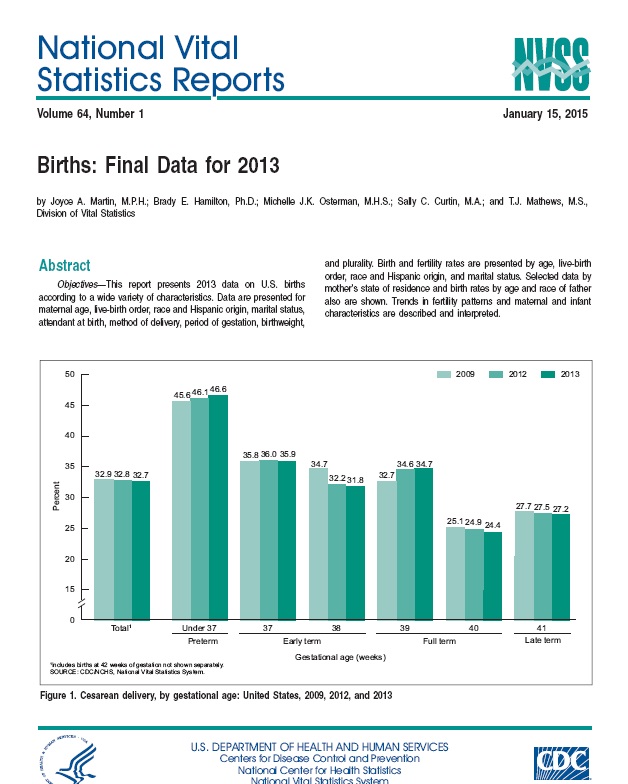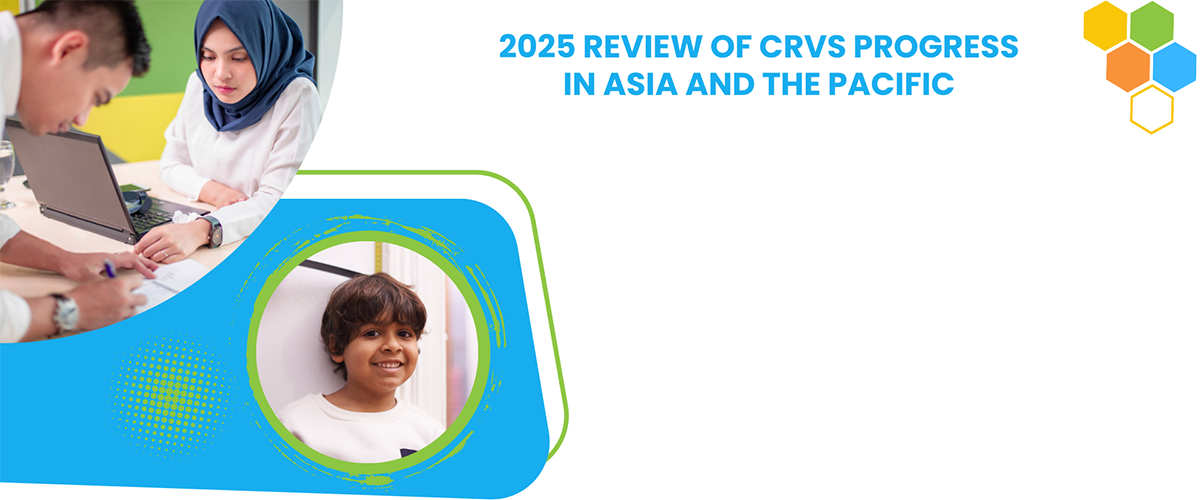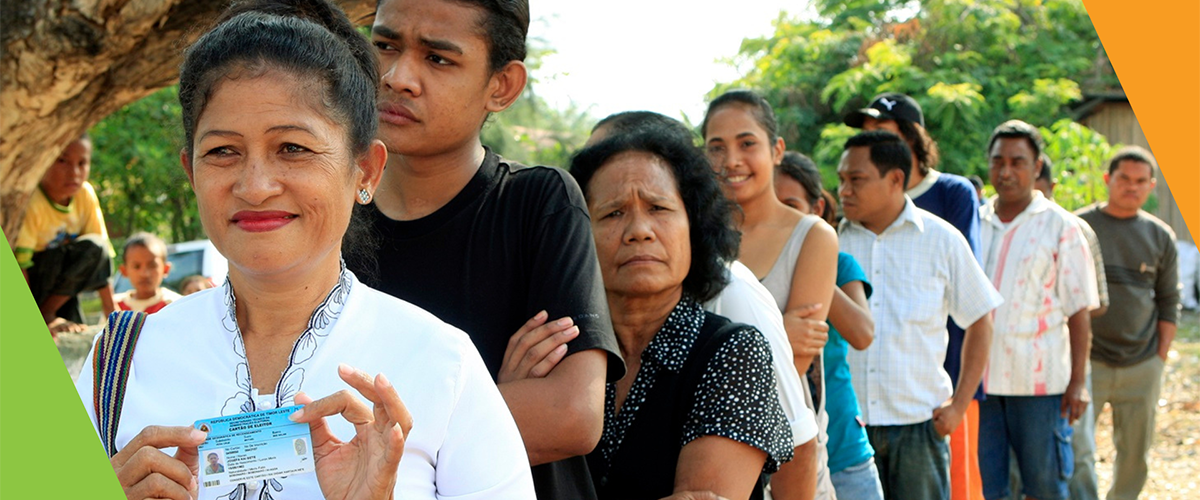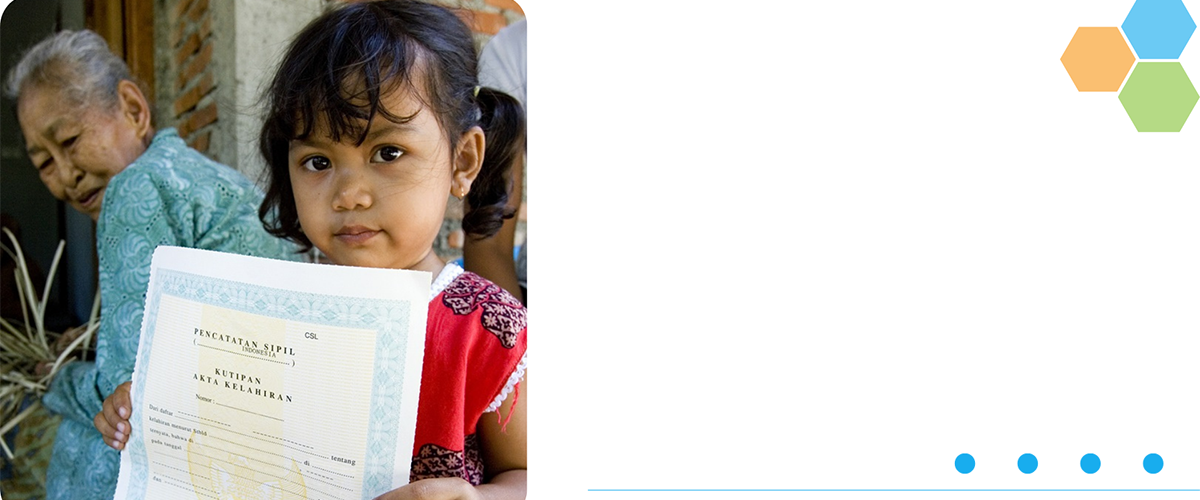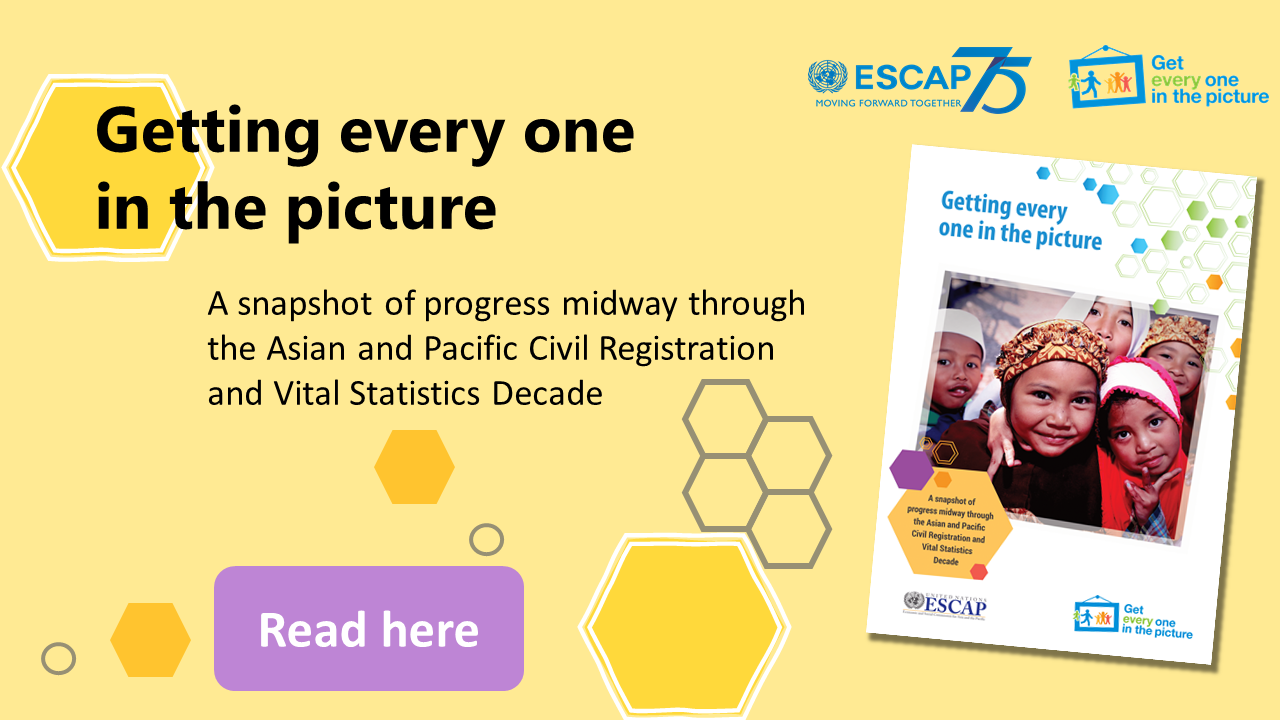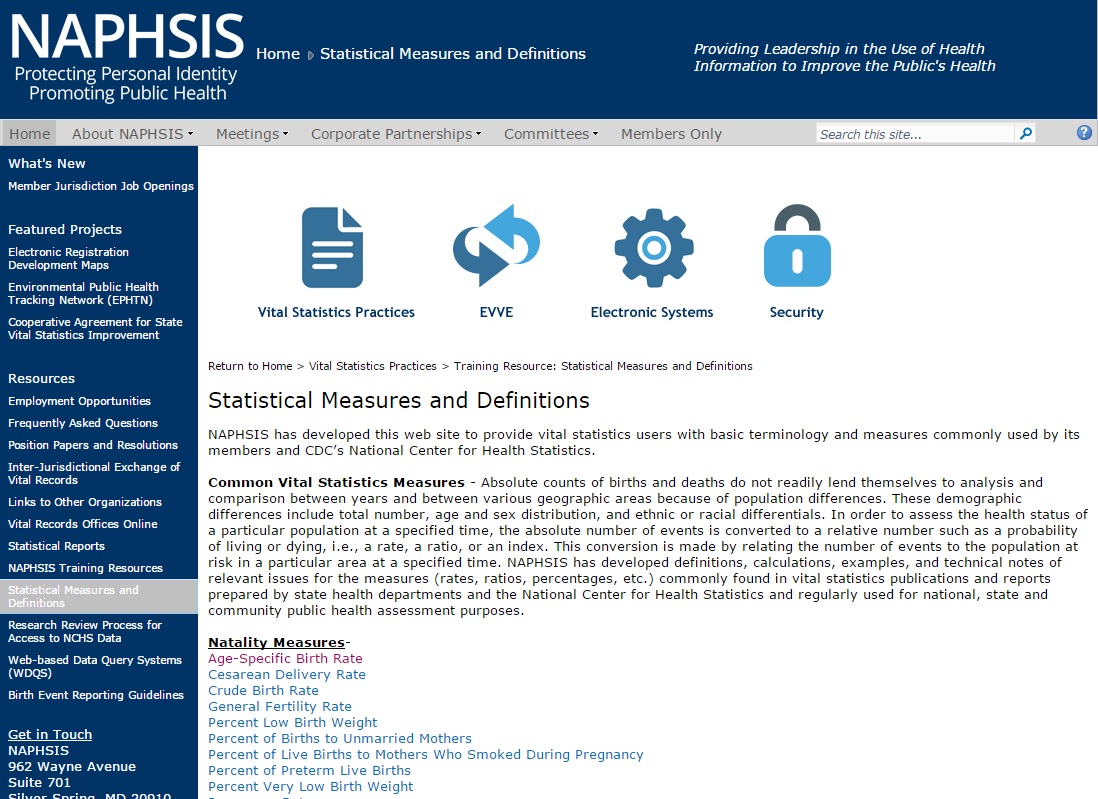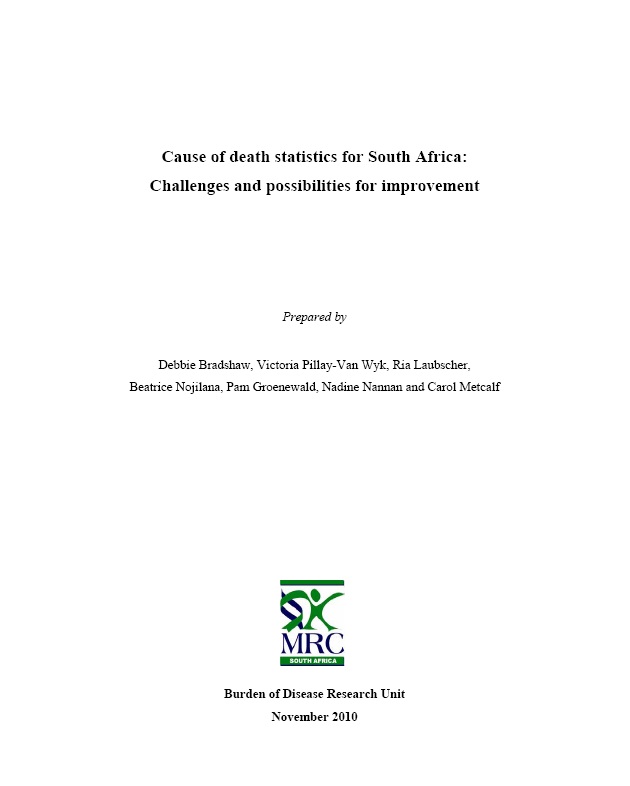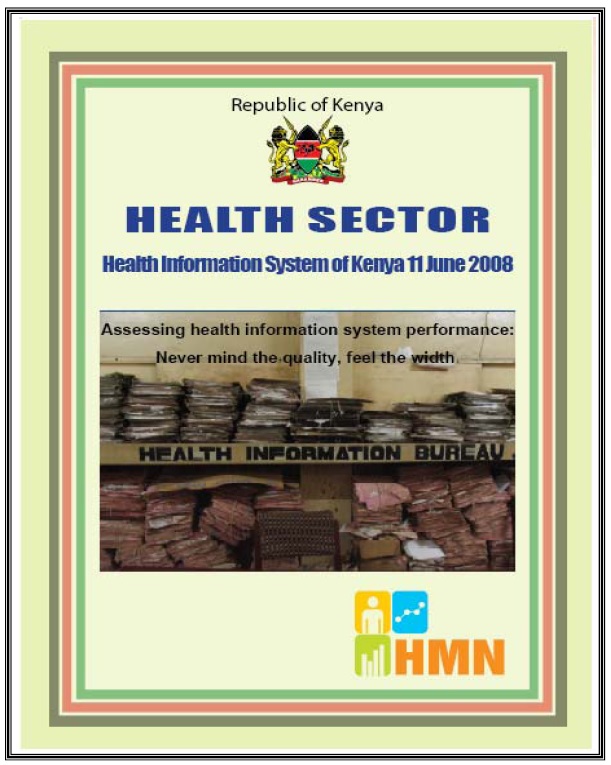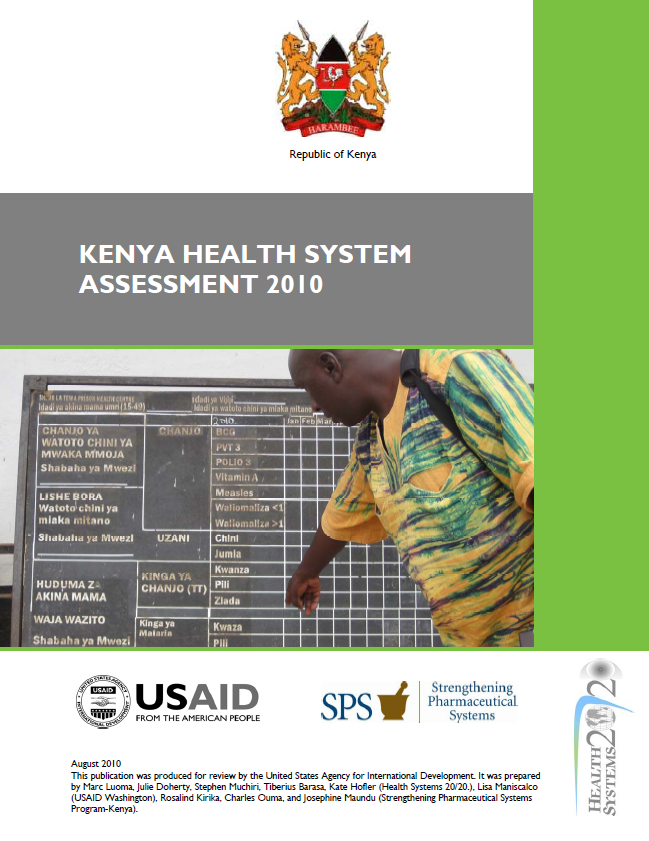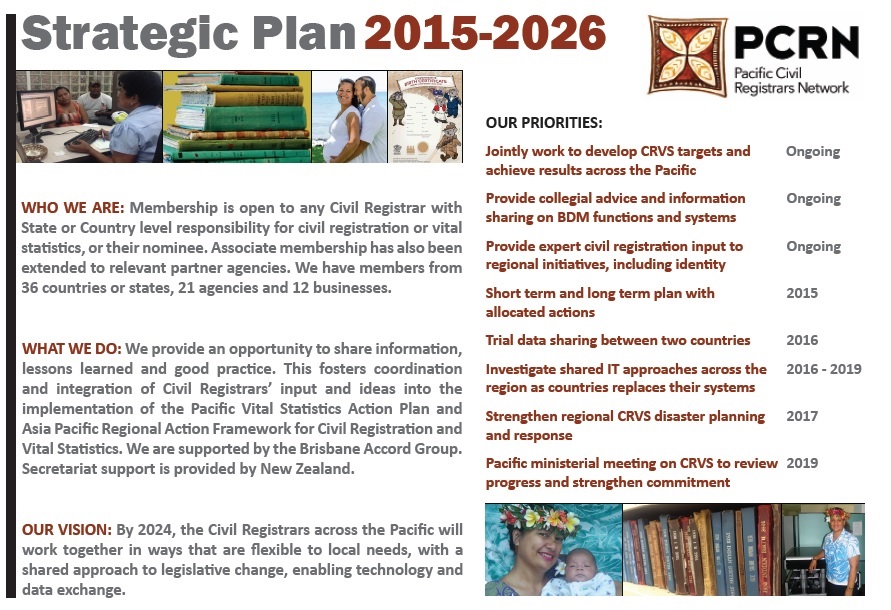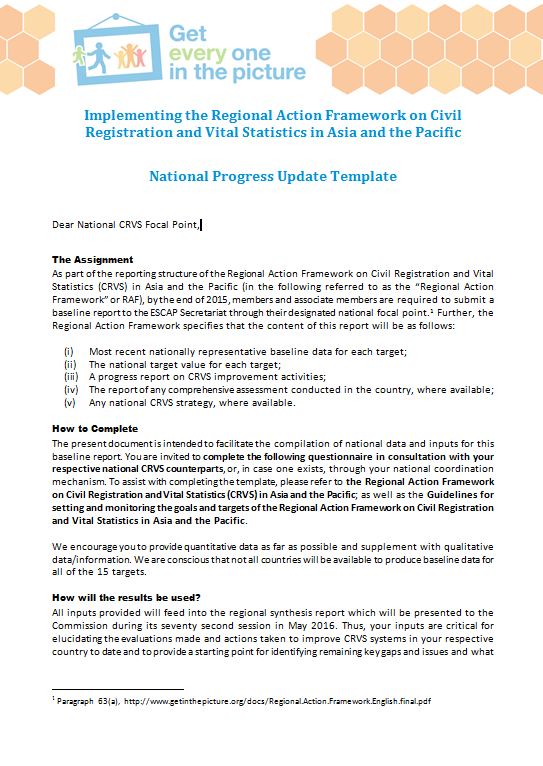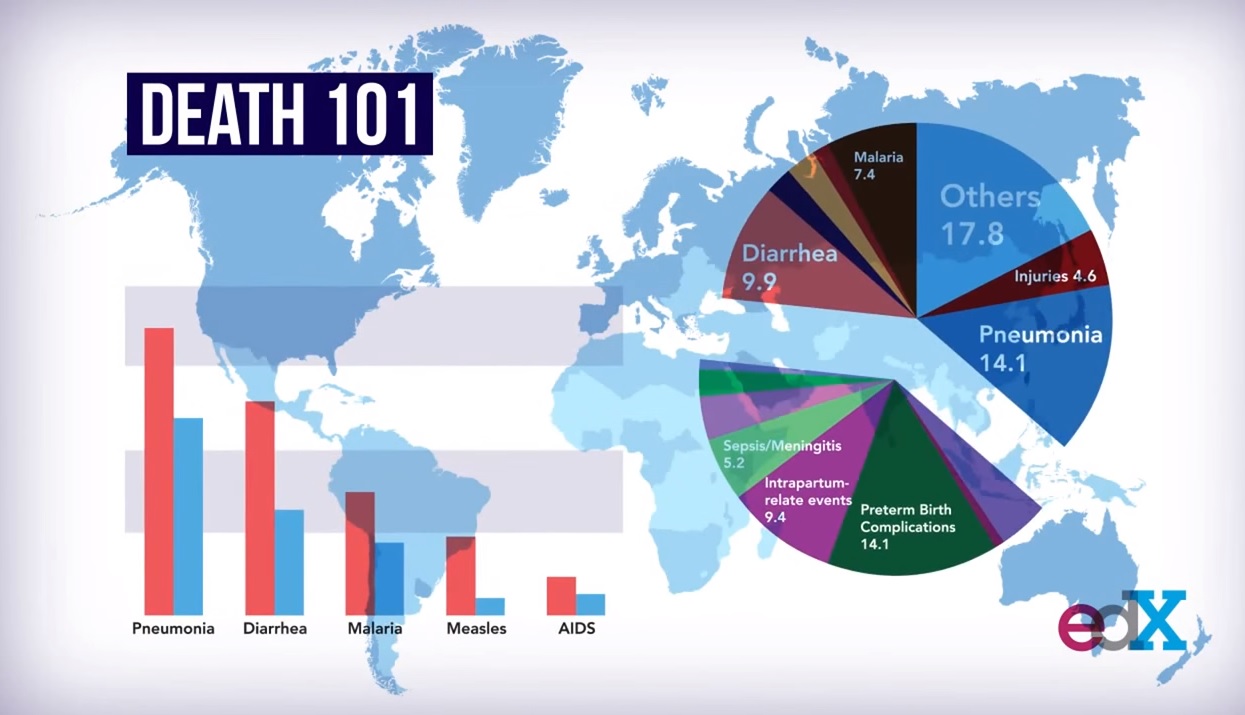National Vital Statistics Reports. Births Final Data for 2013
This report presents 2013 data on U.S. births according to a wide variety of characteristics. Data are presented for maternal age, live-birth order, race and Hispanic origin, marital status, attendant at birth, method of delivery, period of gestation, birth weight, and plurality. Birth and fertility rates are presented by age, live-birth order, race and Hispanic origin, and marital status. Selected data by mother’s state of residence and birth rates by age and race of father also are shown.
